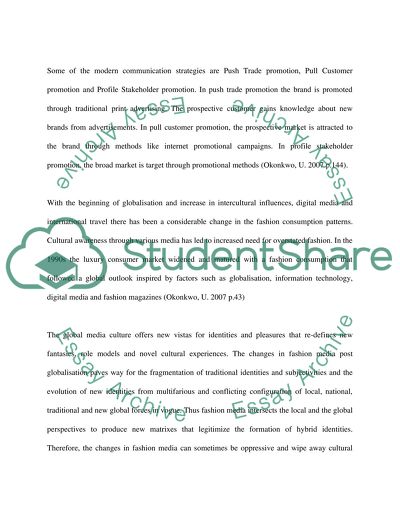Cite this document
(How Has Globalisation Changed the Fashion Media Essay, n.d.)
How Has Globalisation Changed the Fashion Media Essay. Retrieved from https://studentshare.org/media/1573500-how-has-globalisation-changed-the-fashion-media
How Has Globalisation Changed the Fashion Media Essay. Retrieved from https://studentshare.org/media/1573500-how-has-globalisation-changed-the-fashion-media
(How Has Globalisation Changed the Fashion Media Essay)
How Has Globalisation Changed the Fashion Media Essay. https://studentshare.org/media/1573500-how-has-globalisation-changed-the-fashion-media.
How Has Globalisation Changed the Fashion Media Essay. https://studentshare.org/media/1573500-how-has-globalisation-changed-the-fashion-media.
“How Has Globalisation Changed the Fashion Media Essay”. https://studentshare.org/media/1573500-how-has-globalisation-changed-the-fashion-media.


